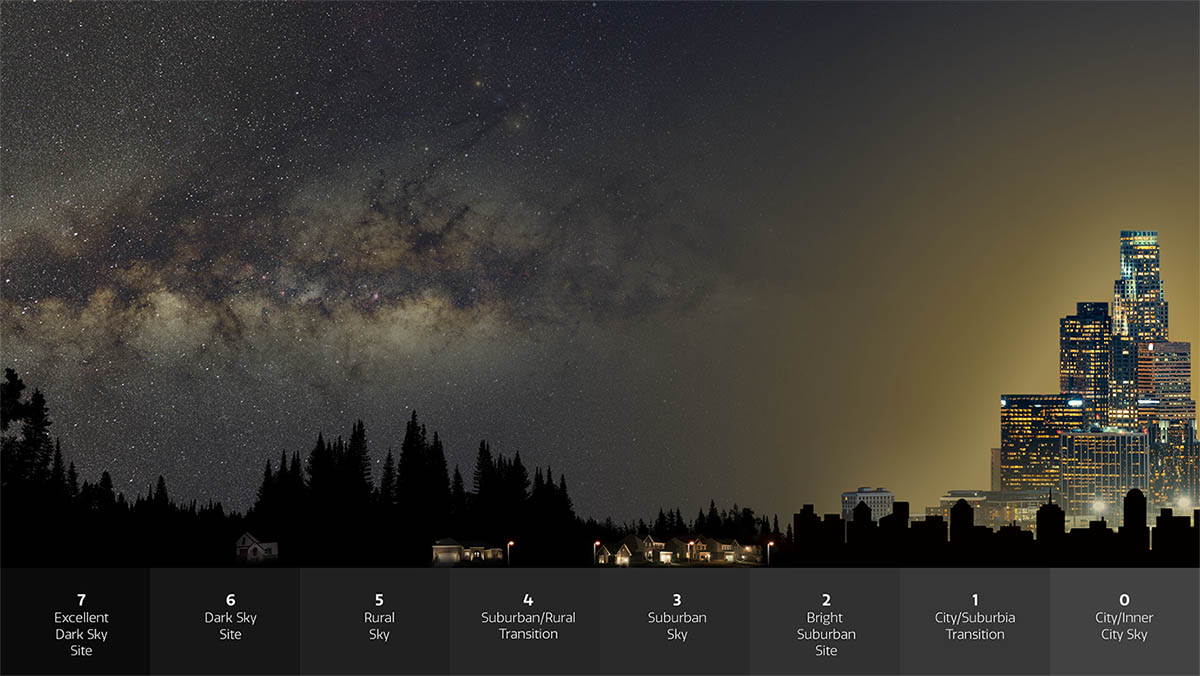Twinkle Twinkle Little Stars, How We Wonder WHERE You Are
Have you ever wondered why only fewer and fewer stars appear in the night sky, especially if you live in a city? A recent study by NOIRLab’s educational project ‘Globe at Night’, shows how light pollution is increasing fast, taking away the majestic view of our starry night sky.

Light pollution is a serious issue that has many harmful effects. For example, ‘skyglow’ is a form of light pollution where the night sky appears illuminated by the surrounding lights. White LEDs, neon signs and windows add on to the skyglow. This fuzzy glow hides thousands of stars, constellations and even the glowing Milky Way band that human beings can otherwise see with their naked eye.
Ancient human civilization has a rich history with this beautiful blanket of starry night sky. Many ancient cultures, mythical stories and gorgeous structures have direct links to objects and patterns in the night sky. Not only is light pollution bad news for astronomy, but studies show that it also affects human health and wildlife’s natural cycles.
A team of enthusiastic people interested in science joined forces with the scientists on the Globe at Night project to understand the scale of light pollution. Together, astronomer Connie Walker, who developed the project, and her team of citizen scientists started collecting data across the globe from 2006 on.
Anyone can submit observations using the Globe at Night app via their laptop or smartphones. On the app, participants first enter their date, time and location. Next, they match the patterns of stars they see in the sky to the ones shown on the star map and make a record of it. By doing so, scientists can measure how bright an object must be in order to be seen with naked eyes. This is known as ‘naked eye limiting magnitude’. From this data, scientists also found a new method to measure how bright the skyglow in a given location is and how it changes over time.
After studying more than 50,000 observations, the citizen-science based research found that the skyglow is increasing at a much faster rate than the Earth’s natural brightness recorded by the satellites at night. An increase of 9.6% per year in the past decade! This goes on to show the importance of finding new ways to save our dark skies and encouraging people of the world to get involved in protecting the starry night sky. The Globe at Night project is a perfect example of what citizen-science based research can contribute.
Cool Fact:
Researchers think that if the skyglow brightness increases at today’s rate, children, born where 250 stars should be visible, will only see 100 by the time they turn 18 years old. Eventually all stars would disappear!
This Space Scoop is based on a Press Release from NOIRLab.
Source: Space Scoop
🇵🇹 Versão portuguesa disponível neste site


Leave a Reply